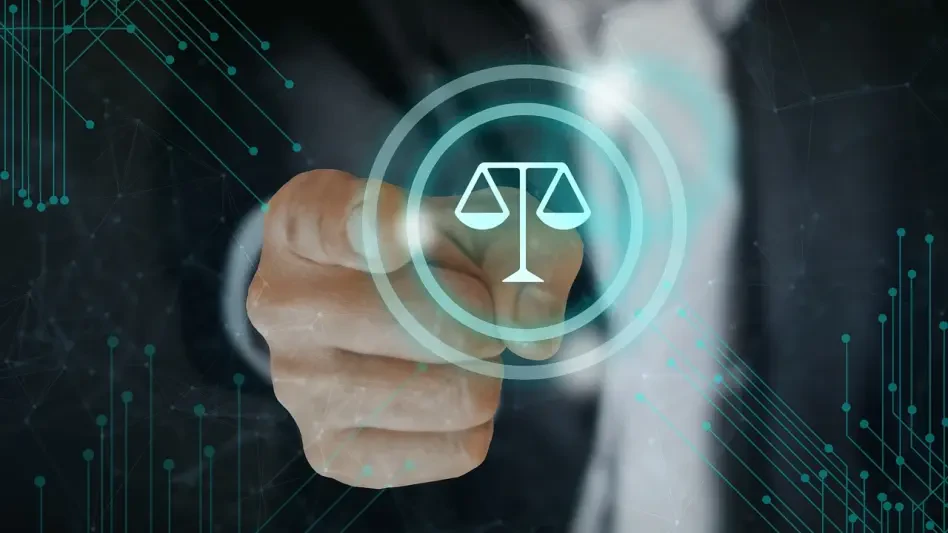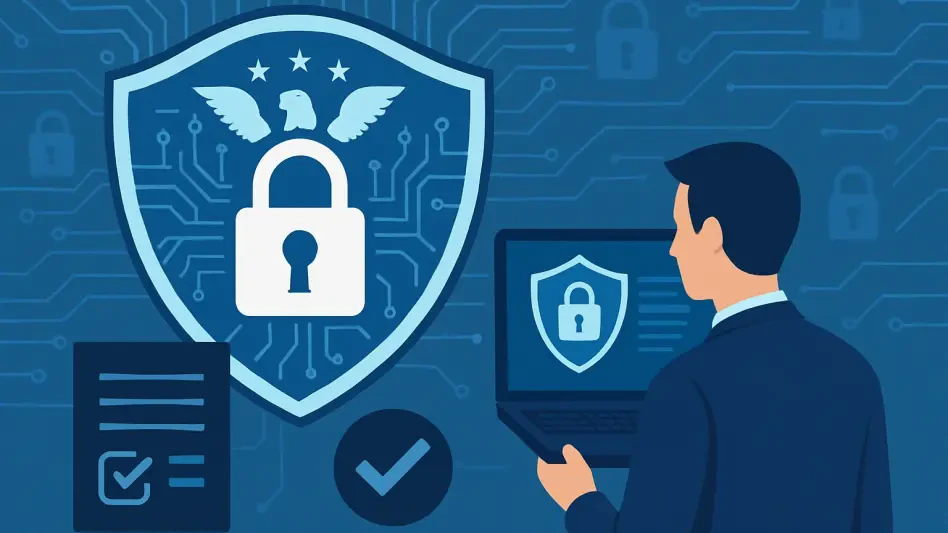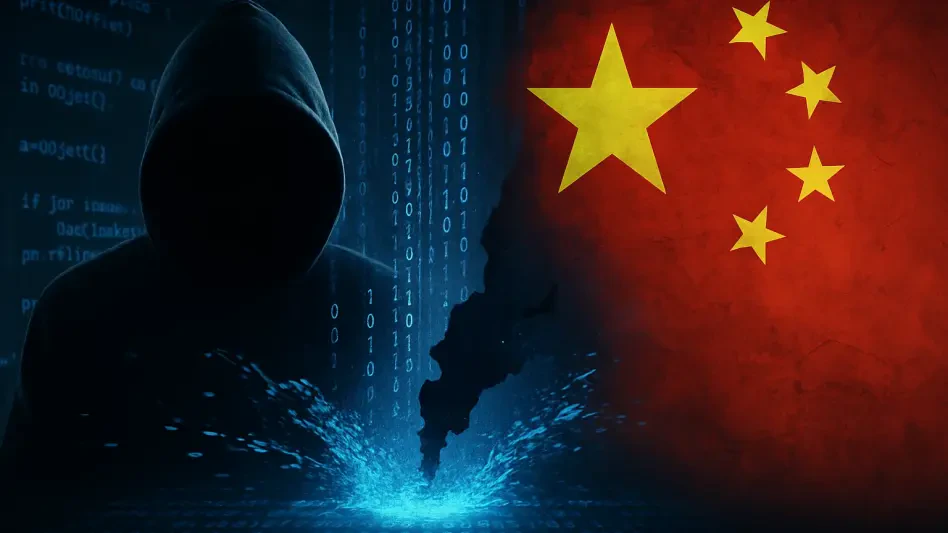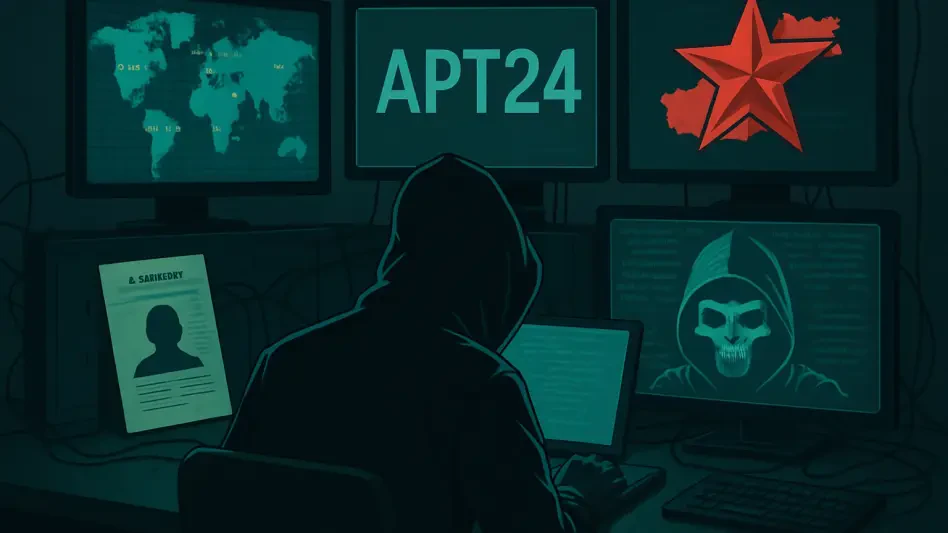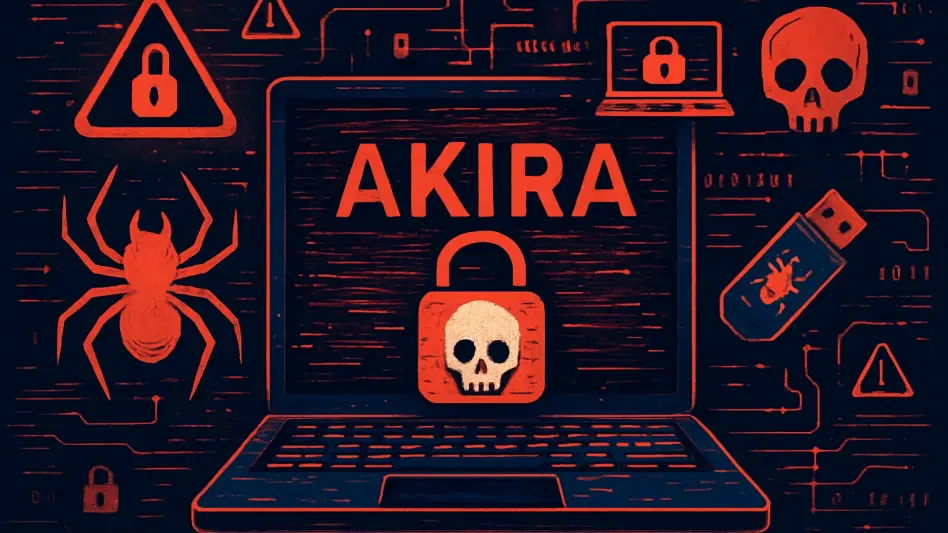The landscape of cybersecurity regulation is an increasingly complex web for businesses, entangled with conflicting requirements from various federal agencies. This intricate environment has intensified the difficulty for organizations striving to protect their systems amid an onslaught of cyber threats. Amid these challenges, Senators Gary Peters and James Lankford have reintroduced the Streamlining Federal Cybersecurity Regulations Act. This bipartisan initiative seeks to eliminate the regulatory labyrinth that burdens the private sector, empowering companies to focus more on safeguarding their critical infrastructures. Key to this proposal is the formation of an executive branch panel tasked with harmonizing cybersecurity regulations across federal agencies. Headed by the Office of the National Cyber Director, this panel comprises leaders from different regulatory bodies and cybersecurity entities, aimed at crafting more uniform and less onerous compliance landscapes.
Harmonizing Cybersecurity Regulations
The legislation introduces a significant shift in coordinating cybersecurity standards across the federal landscape. By establishing a cohesive framework, the bill endeavors to minimize duplicative or excessive reporting mandates that currently absorb considerable time and resources from businesses. A primary focus is on finding a balance where regulatory expectations are unified, making it more feasible for organizations to adhere to them without compromising their security posture. This reform aims to create an environment where companies can implement preventative measures efficiently, redirecting their efforts from navigating cumbersome protocols to innovating targeted defenses against cyber threats. With the directorate’s guidance, this coalition of agency heads explores strategies to streamline federal requirements, ensuring that cybersecurity efforts are not hampered by bureaucratic complexities.
Balancing Support and Concerns
While the Streamlining Federal Cybersecurity Regulations Act has garnered considerable backing from industry groups and the current administration, it is not without its critics. Senator Rand Paul voiced opposition, primarily concerned about potential budgetary impacts. Nevertheless, the consensus among many stakeholders is that coordinated and clear cybersecurity standards are crucial for enhancing national security and safeguarding critical infrastructures. The legislation’s intent is not merely to simplify compliance but to create an effective defense network for the private sector against escalating cyber threats. Although presenting financial considerations, the bill’s broader implications for harmonized regulations promise a more robust and secure national cyber infrastructure. This ongoing dialogue underscores a shared recognition among policymakers and businesses, aiming to create a future where streamlined cybersecurity measures bolster the nation’s defense against digital adversaries.

